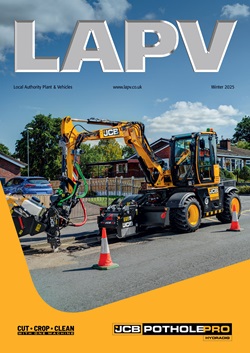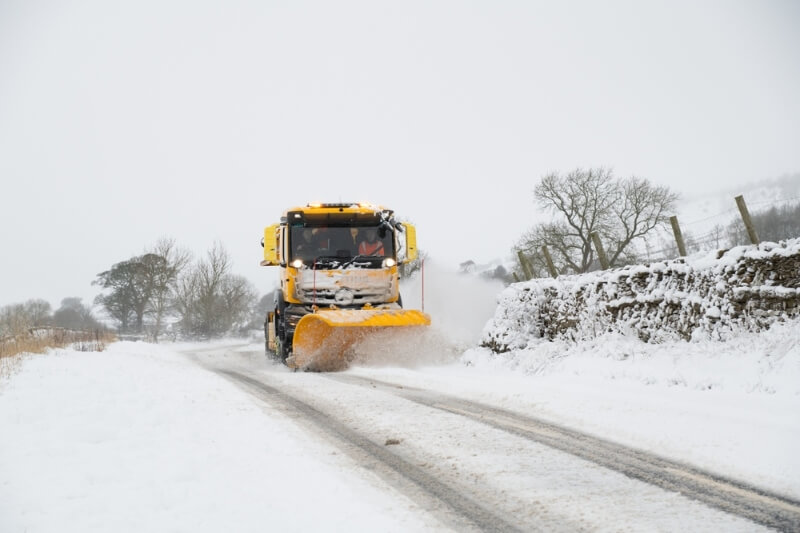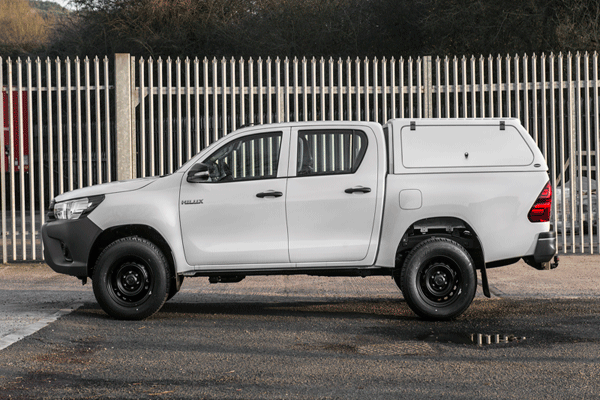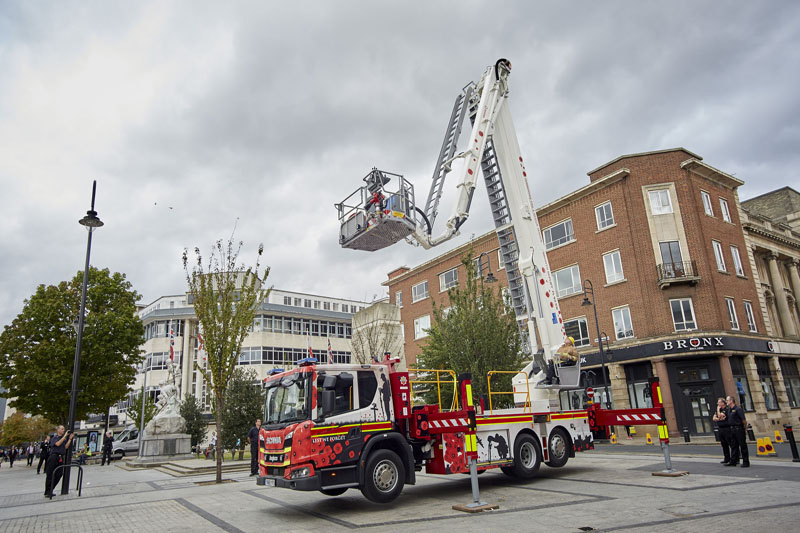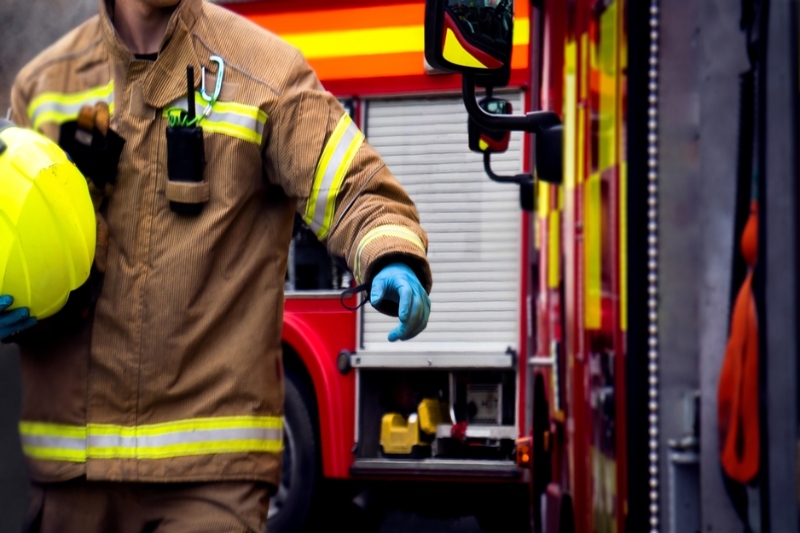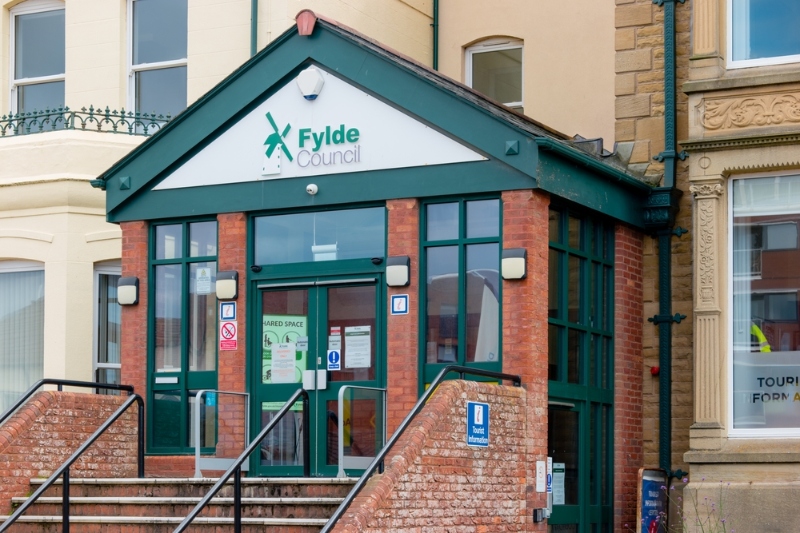Dutch company Jewel sees winter as its route into the UK transport arena with a maintenance package that also has applications in other markets, such as with the emergency, street scene and waste services, reports Ann-Marie Knegt.
Winter in the UK is a bit hit and miss. A few years' ago we had a bad one ' the third in a row ' where local authorities ran out of grit and bust their budgets trying to keep the road networks open. Then last year, for much of the country, winter didn't really seem to turn up.
But when it is left to the vagaries of the Jet Stream to decide just how much winter we get, how do you plan for that?
Paddy Noë is the founder and CEO of Jewel, based in Wageningen in The Netherlands, and he brought his company to exhibit at Cold Comfort last month, dipping its toe in to the UK market for the first time. The company operates in a variety of arenas, ranging from winter services to waste collection and green care, where it has developed web-based programmes to help the planning and optimisation of such activities. But at Cold Comfort, of course, winter maintenance was its focus.
'Our Winter Services Toolbox system is totally web-based, which is fundamental to the solution we offer,' said Paddy.
'There are three key parts of the system, the first of which is the map. We buy maps commercially for whichever areas we need to cover. The problem with commercial maps, however, is that they can quickly go out of date, so we only use vector-based maps. That way you can update the information on them which is a vital aspect of our systems.
'Once you have the map you can generate routes from it and tools to add information to it. This is the second part of the system and we have developed some pretty sophisticated tools. The third part is making that information available to people who need it and in our systems we not only go into the back office operation but also to the sharp end of the operation itself ' to the drivers.
'The drivers can add information to the maps themselves. They can tell us that this junction is not correct and send the corrected information from their cabs to the back office web application. The planner will see it and they can make changes permanent. This is another important part of our system. Our agility in making these changes is much greater than users of other systems.'
These are the key aspects of Jewel's software which, with modifications, can be applied to different functions, such as waste collection, too. Paddy Noë has extensive experience of shifting data around for different purposes in the digital age. But winter maintenance is what Jewel has chosen to enter the UK marketplace with, largely because of his background in this sector.
Noë worked with winter maintenance manufacturers, such as Aebi Schmidt UK, for years and has a lot of experience building systems for Schmidt's range of spreaders.
'That's my network in the UK, where I have a lot of contacts. We know all about roads and understand them ' even the surface itself. What we know about these things, others don't. And we've applied that understanding to our system. For instance, if a client records what type of tarmac is on road or whether the road surface is damaged, we use that info and take into account all the different conditions and tell them how much salt they will need.
'I tried to make a system that would do this ten years ago but it was not possible. Now the software makes it possible. But it is not necessary to install that software with the client and we can do all the support work ourselves which makes it very simple to implement. A client has a back office with an internet connection. The database is based there. They just open their browsers and they can work. In the truck there is a tablet connecting to the same database and if route has been changed the driver will see it. And it works the other way round: if the driver makes changes the back office will see it.'
One of the other constraints ten years' ago was the hardware required for communication but that barrier has all but disappeared now as tablet technology and mobile communication have burgeoned. Of course, the flip-side of this is that cabs are in danger of becoming cluttered and drivers overwhelmed by multiple screens, resulting in a growing chorus demanding one interface in trucks that connects all the different systems and views a driver's needs.
'We have the answer to that: one interface is all our app requires,' said Noë.
'You just load it on to the system. It uses a similar tablet as a track-and-weigh system or a TomTom. We can add our app to these systems as long as they are android systems too. And the same system has different applications: the fundamental Winter Services system is also suitable for Emergency Services but we add levels of sophistication as different services need different things.
'For instance, with winter maintenance, the gritting routes are all predefined ' it's already been decided which are the priority roads. But that's not the case with the emergency services whose vehicles need to go anywhere.
'And off-road tracks in The Netherlands are not on the map so the fire people needed to plot those tracks and also the water supplies. In doing this, they were able to create predefined routes for water collection trucks. And it became even more important when they needed the help of fire services from another city who didn't know the area at all but had access to the Emergency Serve system and so were not lost.
'The same applies to waste collection where there are different restrictions needing different solutions but it is the same map and system that we use. For instance, if you have door-door collections you may not be able to collect on both sides of the street because there is too much traffic and so have to enter the street twice. You can map that. Or you may have limited access times when collecting from schools: you map that too.
'Also, we have different waste collection systems. Some have wheelie bins, some underground access. So we also have to have a container management system for whichever is needed. The solution? You just add that info to the map.'
Back to the Winter Services Toolbox: Jewel is not tied in to any manufacturer and works with whoever it needs to so that it can deliver an optimised gritting system.
'We'll work with anyone,' said Noë.
'The system is all about doing the job properly, efficiently, safely and in a timely fashion. Route optimisation typically saves 15-20% of driving kilometres because when routes are not optimised there are kilometres that are double gritted and kilometres that should have been gritted but weren't. And what goes hand-in-hand with that is that drivers are ready to start routes quicker and routes are completed quicker, so there is better use of the vehicle and we reduce emissions.
'Our system takes decision-making and automates it for efficiency but it can still allow the drivers to do what is best done by them, the person on the ground. We have a contractor in northern Holland who uses our system but the checks to see that the operation has been done properly are done by the drivers themselves rather than by someone in the back office who is being paid to check all 55 routes.'
The flexibility of the fundamentally-sound Jewel system is what gives it appeal across such a range of applications. But will it be a success in the UK? Paddy Noë obviously thinks so.
'If organisations are traditional and think the world is not changing we can't sell the system to them. Only those who are embracing change will be open to this.
'Budgets in the area of winter maintenance are relatively small so the reasons organisations decide to use this system are not usually to do with saving money but about getting much better value for their money.'
Case study: Rijkswaterstaat Verkeer and Watermanagement
Rini Donker is senior winter maintenance engineerfor Rijkswaterstaat Verkeer and Water Management in The Netherlands. Rijkswaterstaat is the ministry of infrastructure and the environment. This includes the main road network, the main waterway network, water systems and the treatment of roads under winter conditions.
'We had a requirement for a route optimisation system that could generate its own algorithms, so we didn't have to create and draw our routes by hand.
'Jewel built our routes to our own specification for the whole country. We used to have 21 areas in which The Netherlands was divided for winter maintenance. They all had their own specific borders that could not be crossed,' he explained.
It was felt by the Department that it would be advantageous to get rid of those particular areas and look at the country as a whole in order to get to the most efficient situation.
'We asked ourselves how much salt we really needed. Was there a way to achieve the same level of safety with fewer resources? We also looked at how many fulcrums we required, as well as looking at the number of vehicles we needed. The most important thing was to become totally efficient,' said Donker.
Rijkswaterstaat operates under the requirement that all routes need to be treated within two hours after the initial call out of the Department's contractors. It is also important that no part of the route is forgotten. Rijkswaterstaat wanted to operate with the smallest number of machines but with the optimum result since the number of routes that needed to be treated has increased considerably over the years.
Donker explained: 'Since 2006 we have 10% more asphalt to treat and there is more coming our way because the Government is heavily investing in infrastructure. The Winter Service Toolbox system has given us a profound insight into how things were really organised. We used to treat the roads in each area but now we treat roads centrally. This required more organisation but still it enabled us to look at the whole country in a holistic manner.
'We use Winter Service Toolbox for preventative salting and now we are in the process of finalising our snow clearing route software, which Jewel has developed for us. We are establishing what type of snowploughs we need and what size they need to be to do the job, again with as few machines as possible. So Jewel has calculated exactly how many big ploughs, small ploughs and how many vehicles we need to the job, within the standard time we have set.'
Donker explained that creating the snow-clearing route optimisation software was really challenging. Jewel is currently delivering the new product and Rijkswaterstaat is testing it to eradicate any anomalies. 'It is a software programme, after all, and we need to see how good the map really is and that all roads are correct. It is also important to know the particulars of a road as well, because it might be hard to plough.
'The key is to fine-tune the programme and the algorithm and every time we check the route it just gets better. This is an organic way of increasing our efficiency. The people behind Jewel have been in the business for a long time and they only need half a word to get it right and always remind us to think about certain aspects. The team has an incredible amount of experience that helps us and other organisations.'


